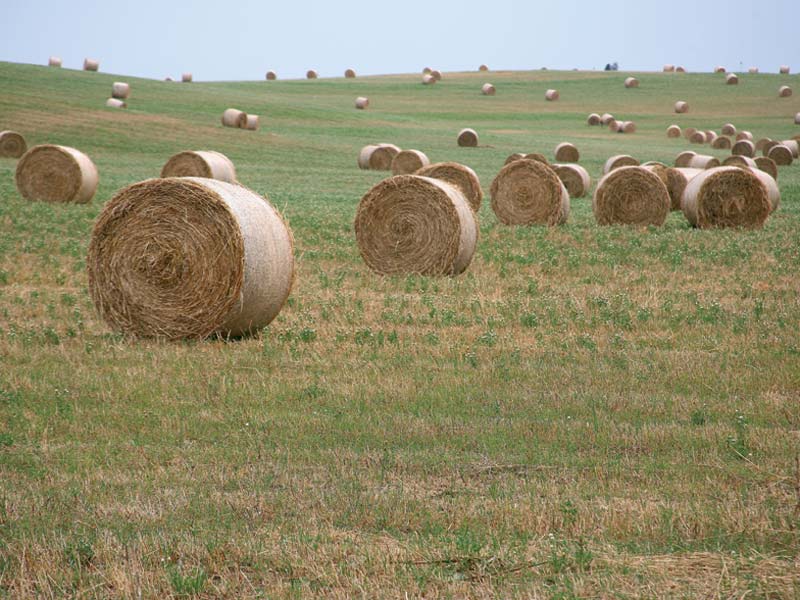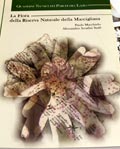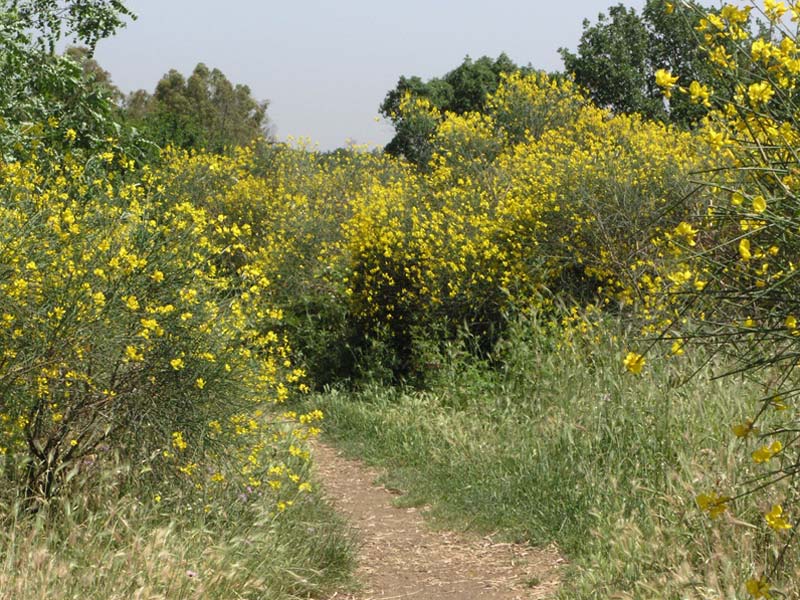Points of Interest
Marcigliana Nature Reserve
Crustumerium
The first archaeological remains of Crustumerium were found only at the beginning of the 1970s. Crustumerium was an ancient city in Lazio whose stories have been told by several Latin authors: Pliny the Elder, Livy, Plutarch and others. Its first settlement seems to date back to the 9th century BC, and it was situated along one of the roads connecting Veio with the Southern Lazio. Throughout its territory, the products extracted form the metal basins of Etruria were transported up to Campania. The strategic importance of its position led Rome to focus its conquers on this settlement until 500 BC, date in which Crustumerium gets definitely conquered by Rome.
Tor S. Giovanni Estate
In the Estate of Tor San Giovanni, at the main entrance of the Reserve, there is the opportunity to visit one of the several local agricultural firms. In this firm, breeding mainly sheep, there are also many other animals: cows, pigs, horses, goats, rabbits, hens, guinea hens, ducks and geese. Among them, the Sardinian Donkeys are the most interesting specimens. These animals, once used in agriculture for their obedience, patience, and resistance to toil, are an endangered species and are subject to safeguard measures.
Insugherata Nature Reserve
Cork plantation and Mediterranean maquis
The cork plantation represents the most recognizable wood vegetation of the Reserve, and for this reason it gives it the name. It covers the sunniest slopes, where together with the cork oak also cytisus, cistus, and heather grow. The rich undergrowth is characterized by many species typical of the Mediterranean maquis such as strawberry-trees, lentisk and others.
Insugherata Valley
It is the most beautiful valley of the Nature Reserve. It covers the most interesting habitats of the Reserve and ends in Valle dell'Acqua Traversa. From the valley it is possible to reach the most characteristic habitats such as the fresh wood, the Mediterranean maquis, the cork plantation, and the wetland. Insugherata Valley also presents some agricultural fields and pastures.
Valle dei Casali Nature Reserve
Villa York Estate
By taking Via del Forte Bravetta it is possible to reach the chapel of S. Agata and the old entrance of the Estate Villa York. On the left there is a small road leading to Villa York. The Estate is called after one of its owners, that is the Duke Clemente from York who was the son of King James of England. The Estate has had several owners. The Villa reminds tourists of the noble estates of Tuscany as its architectural features are rare in the area around Rome.
Montecucco Hill
The hill on the Western side of Monti del Trullo is called Collina dei Diamanti or Collina di Montecucco. The hill is very important from both an environmental and a landscape point of view since it is an agricultural field which links the valley to the river Tiber. It also represents the green area of the neighboring quarters. On the peak of the hill tourists can see Torre Righetti.
Tenuta dei Massimi Nature Reserve
Somaini Woodland
Some parts of the land between Magliana and Pisana are covered by about 30 hectares of cork plantation and Mediterranean maquis. The name of the wood derives from the owners who managed the farm sharing its name up to the end of the 60s. The wood is characterized by a very interesting fauna including foxes, badgers, porcupines, and dormice.
Magliana Castle
This papal residence was built between the end of the 15th century and the beginning of the 16th century in a site which was rich in waters and fauna. It is made up of two buildings around a yard. The loggia was planned by Giuliano from Sangallo. Leone X commissioned Raffaello to paint a fresco for the inner chapel dedicated to St. John the Baptist. At the moment, the castle is owned by the Knights of Malta who restored it in 1957 and used it as a hospital for motor rehabilitation. The yard and the outside of the castle can be visited on request.








